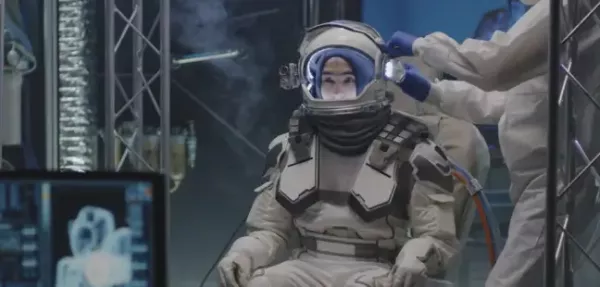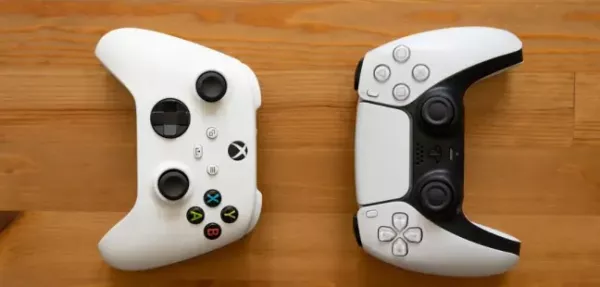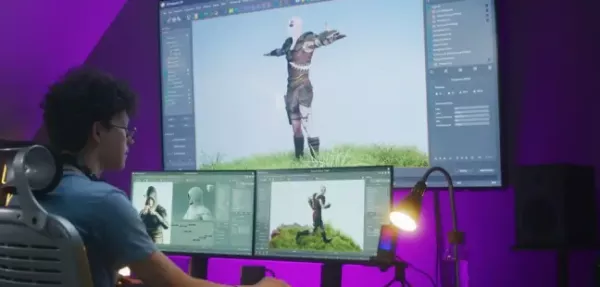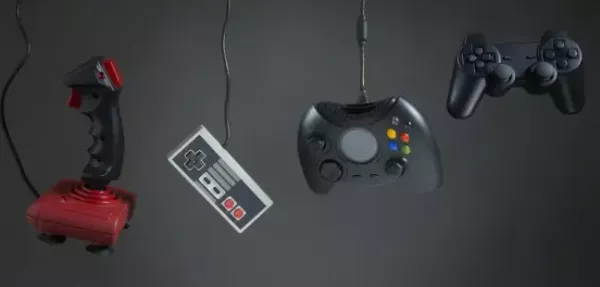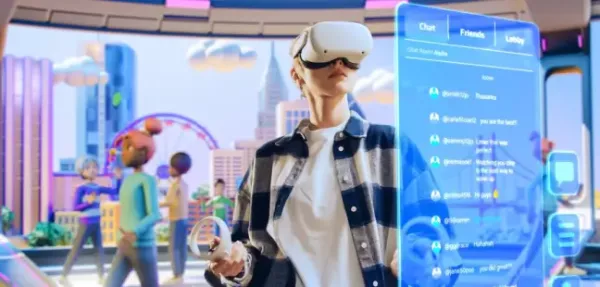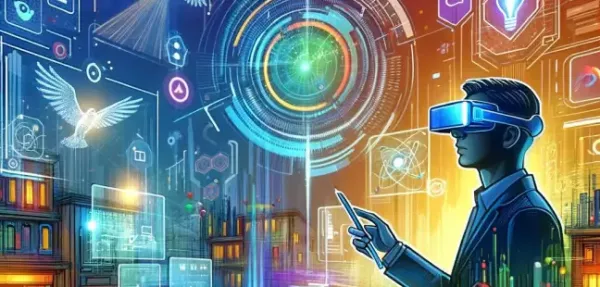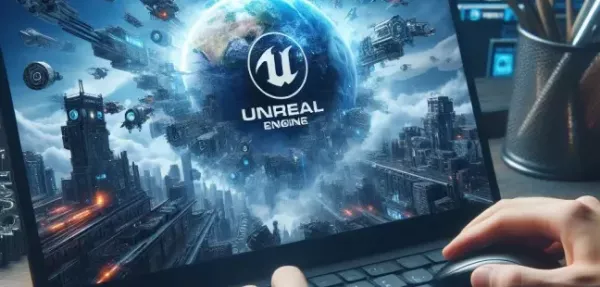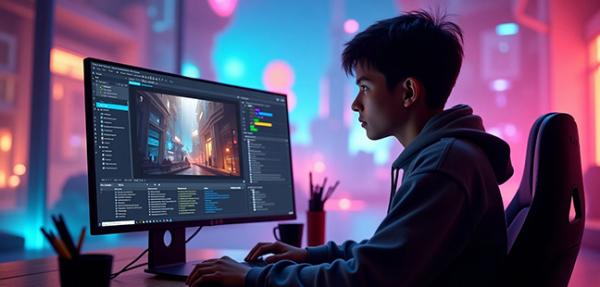Essential Skills required for Video Game Designers
- Pearl Academy Editorial Team
- Published 18-Jan-2025
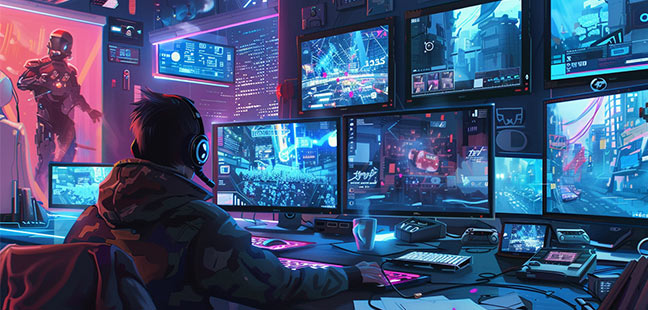
Table of Contents:
Did you know the gaming industry is expected to be worth $312 billion by 2027? Yes, you heard it right! It has never been a better time than now to make a career in video design. To carve a niche for yourself as a video game designer, it’s imperative to be a mixture of creativity, innovation, perspective and hard work!
In this blog, we will help you decide what is game design, the skills required as a video game designer, video game designer salary, and more. At the end of this blog, you will know if gaming really your cup of tea is or not! Stay Tuned!
Become future-ready with our Gaming Programs
Know MoreWhat is Game Design?
Game design is the process of creating the content and rules of a game, as well as shaping its mechanics, systems, and gameplay experiences. It involves the conceptualization and planning stages of a game, focusing on how the game will work, what players will do, and what experiences they will have.
Role of Game Designer
- Concept Development: This is where the gaming description is created. Designers outline the game's objectives, themes, and target audience, establishing a vision for what the game will be.
- Gameplay Mechanics: Mechanics are the rules and systems that define how a game operates. This includes player actions, controls, rewards, challenges, and how the game responds to players' inputs. For example, mechanics in a racing game may include steering, acceleration, and braking.
- Storytelling and World-Building: Many games rely on engaging narratives and immersive worlds. Game designers may develop characters, plotlines, and settings to create a cohesive story that enhances the player's experience.
- Level Design: This involves creating the environments or levels players will navigate through. Level design requires balancing difficulty, pacing, and structure to keep players engaged and challenged.
- User Interface (UI) and User Experience (UX) Design: Designers also consider how players interact with the game, focusing on making menus, controls, and on-screen information intuitive and accessible. A good UI/UX design ensures that players can easily understand and enjoy the game.
- Prototyping and Testing: Game designers create prototypes to test their ideas and gather feedback. This iterative process allows them to refine mechanics, adjust difficulty levels, and ensure the game is fun and playable.
Game design is a collaborative process, often involving teamwork between designers, artists, programmers, and writers to bring a game from concept to completion. It combines creativity, technical skills, and an understanding of player psychology to create compelling gaming experiences.
Skills needed to succeed as Video Game Designer
If you can put the “Fun” in Gaming, you are bound to be a successful video game designer! Being adept in artistic and technical skills is like a cherry on cake for a video game designer. Having some degree in art and engineering also tends to polish one’s skills better as a video game designer.
To succeed as a video game designer, professionals need a blend of technical, creative, and soft skills. Here are some essential skills for video game designers:
Technical Skills
- Programming: Understanding programming languages such as C++, Java, and Python is essential for implementing game mechanics and troubleshooting issues. Game-specific languages like UnrealScript or GML for GameMaker can also be useful.
- Game Design Software: Familiarity with game engines like Unity, Unreal Engine, and Godot is critical for designing and building game environments, as well as for testing gameplay mechanics.
- Animation and 3D Modeling: Knowledge of software like Blender, Maya, and Adobe Creative Suite helps in creating characters, environments, and other visual assets that enhance gameplay.
Creative Skills
- Storytelling: Video games often rely on compelling narratives to engage players. Game designers need to create backstories, characters, and settings that resonate with players and enhance immersion.
- Level Design: This involves crafting the game's layout, including challenges, pacing, and the overall player experience. Designers need to ensure that levels are engaging, balanced, and aligned with the game's objectives.
- Art and Visual Design: A good eye for art and design is beneficial for creating aesthetically pleasing games. Understanding color theory, perspective, and other art fundamentals is often necessary, especially for indie game developers who wear multiple hats.
Soft Skills
- Problem-Solving: Game designers frequently encounter challenges related to gameplay mechanics, balancing, and player experience. Strong analytical skills are essential for finding creative solutions to these issues.
- Communication: Collaboration with other team members, including artists, programmers, and producers, is crucial. Clear communication ensures that everyone shares the same vision and that the project progresses smoothly.
- Adaptability and Resilience: The game development process can be unpredictable and often involves changes in scope or direction. Adaptability helps designers pivot and improve their designs based on feedback or new insights.
Project Management
- Time Management: Video game projects often have tight deadlines. Designers need to manage their time effectively to ensure they can meet project milestones.
- Attention to Detail: Crafting immersive worlds and fine-tuning gameplay requires meticulous attention to detail to ensure everything aligns with the overall vision of the game.
Combining these skills can help video game designers create engaging, well-rounded games that captivate players and stand out in the competitive gaming industry.
How to start your Gaming career in India
If you have the creativity, the sensibility and the expertise, you too can develop new games for the world to enjoy. Imagine the Royalties, the Sponsors and the Cash flowing in!
For proper foundation into gaming career, you can opt for Short-Term Certificate in Game Design and Virtual Production equips students with specialized knowledge in creating Unreal Engine-powered metaverse landscapes and multiplayer games such as Fortnite and Player Unknown’s Battlegrounds.
Students will learn how to use Photoshop, Blender, and Unreal Engine to generate their own design concepts and assets, in addition to learning how to use Unreal Engine as a tool for developing game metaverse environments. As their final portfolio project, the students create their own multiplayer game or Metaverse environment as the course's culmination.
Quick Tricks for a New Video Game Designer
Here are some quick tricks for new video game designers:
- Start Small: Begin with simple projects like puzzles or platformers to build foundational skills without getting overwhelmed.
- Use Tutorials and Free Assets: Platforms like Unity and Unreal Engine offer tutorials and free assets. Use these to learn quickly and prototype faster.
- Analyze Games: Play various games and note what makes them fun or challenging. Use these insights to improve your designs.
- Prototype Quickly: Test your ideas early to see what works. Rapid prototyping helps you refine concepts without investing too much time.
- Seek Feedback: Share your prototypes with others to gather feedback. This will help you spot issues and understand different player perspectives.
- Learn Basic Coding: Even basic scripting skills can improve your ability to prototype and make quick changes.
- Join Communities: Engage in game design forums or groups to learn from others, get feedback, and stay updated on trends.
These tips will help you build skills and confidence as you start your game design journey.
Game Designer Jobs
Game design jobs are available in game development studios, tech companies, and indie studios. Positions range from entry-level to senior designer roles, with opportunities to specialize in areas like virtual reality (VR) or augmented reality (AR) design. Many companies list game design positions on job boards like Indeed, Glassdoor, and specialized sites like Gamasutra.
These roles offer opportunities for creative expression and technical application, making game design a dynamic and rewarding career path.
Video Game Designer Salary
In India, the average salary for video game designers varies based on experience and the company they work for. Entry-level designers can expect to earn between ₹3.5 to ₹6 lakh per year.
Mid-level professionals with a few years of experience typically earn around ₹6 to ₹12 lakh annually.
Senior game designers, or those with specialized roles, can earn upwards of ₹15 lakh per year, with potential for higher earnings in larger studios or international companies operating in India. Salaries tend to be higher in major gaming hubs like Bengaluru, Hyderabad, and Mumbai.
Fun Fact:
Grand Theft Auto V is one of the most expensive games ever developed, with an estimated cost of $265 million for development and marketing. It recouped this investment within 24 hours of release by earning over $800 million.

Student Guidance Center: Our Counselors are Just a Click Away.
Conclusion
A Short-term Certificate Course in Gaming is a great choice for people wishing to pursue a career in Video Game Designing. Both India’s and the World’s Gaming industry is rapidly growing, thanks to inflation, better spending capacities and, evolving consumer tastes. This growth has lead to creation of more jobs in the gaming industry. You could be the next big name in the gaming industry, designing some best games the world has ever seen! If that’s something that gets your heart pumping and fuels your sense of ambition, take the next best step for your career with Pearl Academy. APPLY NOW!
Also Read:
Pearl Academy Editorial Team
Tags
- #Gaming
Pearl Admission Enquiry
Subscribe to Pearl Blogs
By clicking the "Subscribe" button, I agree and accept the privacy policy of Pearl Academy.









